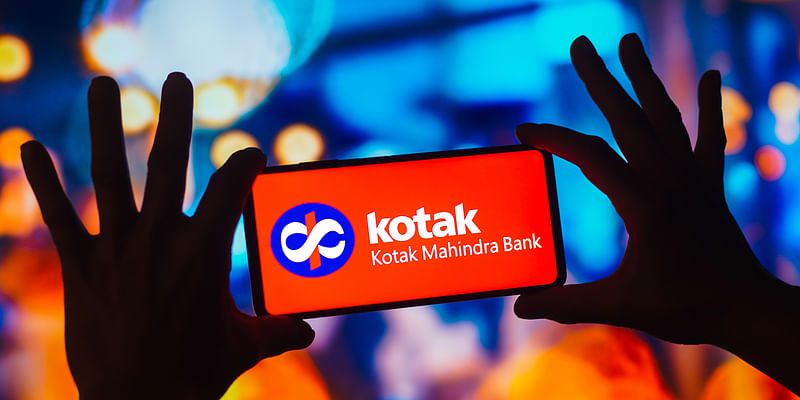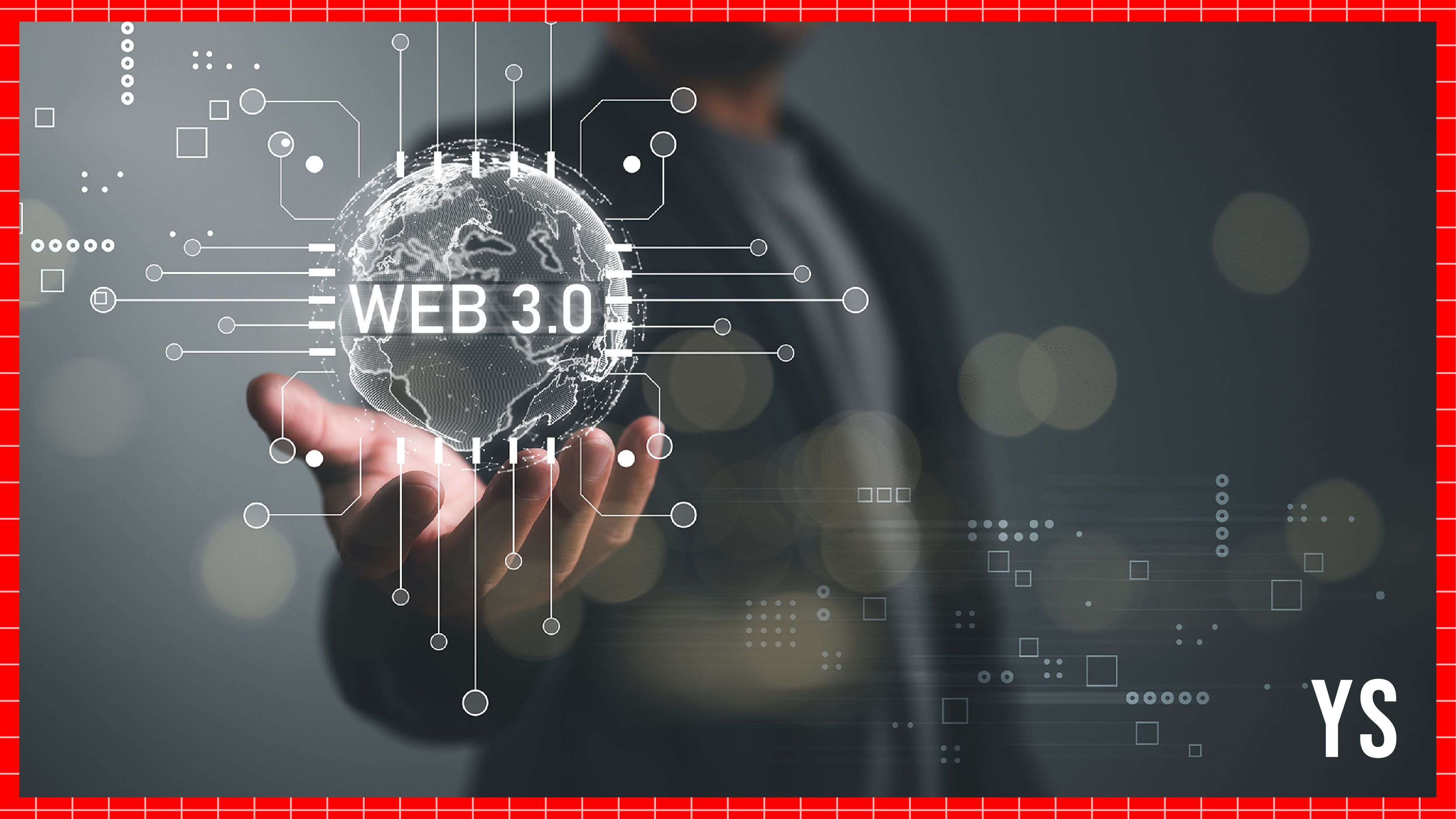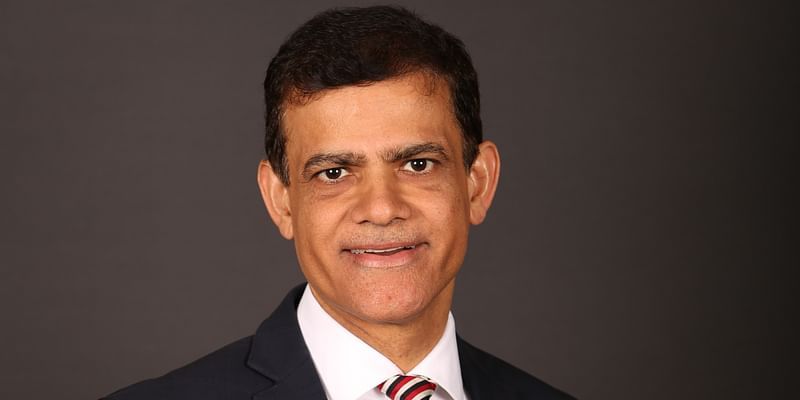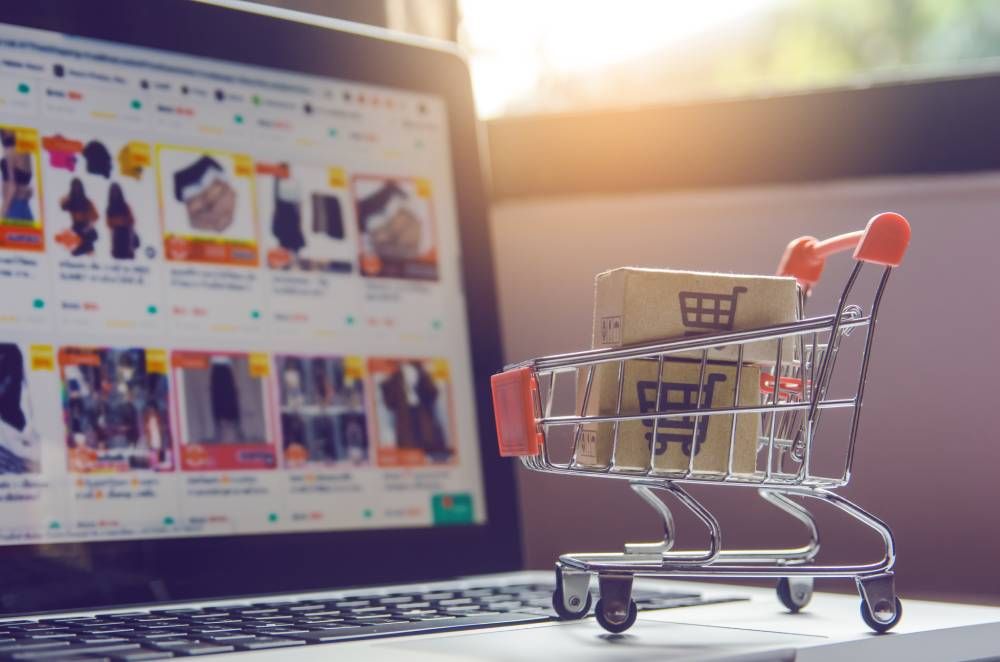Here’s why IT biggies the world over are betting big on Blockchain
Blockchain technology can change the way we do business as its configuration establishes authentication and authorisation, which are vital to digital transactions.
Everyone’s talking about "Blockchain" these days, but not many know what it really is and the true potential. It began as a distributed ledger technology, in 2007, which maintained records of all orders made. Its nature of looping in information flow, between all parties involved in a transaction, began to take shape as a research subject a decade ago. Now it is just about breaking free in to the mainstream because of its ability to make transactions transparent.
Abhishek Gopal, co-founder of ThroughBit, a startup building blockchain applications, says: “Blockchain is where the internet was 20 years ago.” He adds that a blockchain is a technology on which a digital transaction ledger is built, which is distributed on several networks of computers instead of being with a single provider.

If that’s difficult to get around you think, wait till you get deeper into the technology. But let’s try and simplify things with an example. Say you are a retailer sourcing from over 100 different FMCG companies, including over 10,000 stock keeping units, in one store, and your B2B transactions amount to over 1,000 high transactions a day. Now, these 1,000 transactions are just from one store; you may have ten stores. Each of these transactions gets recorded on a combination of paper and digital methods. Now the problem here is that your purchase department can under report transactions and bill you for the ordered quantity. So, while your stock shows the right amount, your store shelves are never stacked up after a sale. This presents a problem because it hurts top line and bottom line revenues. Now, while this is in the realm of transparency, there can also be price changes - made by the FMCG company- that cannot be recorded by the retailer.
Now enter blockchain, assuming that the retailer has moved all transactions digitally, which creates blocks of each transaction like Vendor A supplied X, Vendor B supplied Y and Vendor C supplied YY and in the process the system ropes in the finance and the purchase team together with each receipt generated. Now each transaction becomes part of a block and gets recorded in the ledger of all parties involved. Any changes made to a price or purchase agreement, another block gets recorded, which has to be verified by all parties. The algorithm secures each block of transactions and it cannot be tampered with because all parties have the keys to make the transactions legitimate.
So, in sum, the cloud and computing power is central to the blockchain revolution and transparency is the narrative. Imagine the graft it would reduce in the government tendering process and contracts. Then there would be no 2G/ fertiliser/coal scam that rattled the country’s coffers in the previous decade.
Prasad Joshi, VP and Head, Infosys Centre for Emerging Technology Solutions, says: “It is, in essence, a file system where blocks of information are created in chunks and there are algorithms that manage the keys to access information.” He adds that its implementation can happen in healthcare, financial services, manufacturing and consumer industries.
“The technology brings transparency and traceability. But, remember blockchain is an ecosystem problem and not a technology problem. Unless you have all parties in the chain the system does not work,” Prasad says. He adds that smart contracts are a big business going forward in the IT Services industry and that blockchain consortiums will be created with several ecosystem partners.
The opportunity
According to Gartner Inc., the business value-add of blockchain will grow to slightly more than $176 billion by 2025, and then it will exceed $3.1 trillion by 2030. So, that’s why IT services are betting big on it. It is going to be part of their cloud and platform offering. All IT Services companies constitute less than 10 percent of their revenues from the cloud. With global corporations betting big on security, AI, machine learning and analytics, all these services can be built on blockchain-as-a-service. One needs to look at the history of blockchain and how it has evolved to form a view on the future of blockchain.
Shravan Poorigali, Head, Open Platforms at Mindtree, the $900 million dollar IT Services Company, says: “Starting with bitcoin to blockchain as a technology, two significant branches have evolved over the last eight years.”
One is the cryptocurrencies (Bitcoin, Etherium) and its uses for cash transactions on the Internet and the other is the vast array of use cases across industries, which is based on the building blocks of blockchain technology. In both the branches, the foundational principles remain the same; the core concepts of blockchain like distributed ledger, cryptographic proof of a transaction and linking transactions to its origin (chain) so that tampering becomes difficult is the foundation and narrative of the technology. There are implementations all around and C-suite leaders are betting big on the business of blockchain.
$25 billion SAP AG, is making inroads in building and marketing its blockchain technology.
As part of its ongoing innovation around blockchain globally, the SAP Innovation Center Network recently introduced TrueRec, a secure and trusted digital wallet for storing professional and academic credentials. Whenever a new credential or document is issued through TrueRec, the user receives the credential as a TRU file and the digital fingerprint (hash) of the credential is recorded on the blockchain.
Neeraj Athalye, Head – SAP S/4HANA, GST Adoption, SAP Leonardo and SAP Indian Subcontinent, says: “This ensures that the privacy of the individual is protected because the credential itself isn’t stored on the blockchain.”
He adds that at the same time, with the blockchain as the single source of truth, anyone can instantly verify the validity of the credential upon receiving the same from the user.
SAP has expertise in more than 25 industries and across all lines of business to actively explore blockchain technology and it integrates them with other breakthrough technologies such as the IoT and machine learning.
The impact of blockchain is already visible in scenarios with substantial data distribution in areas such as healthcare or retail. Digital assets such as land titles, loans, intellectual property, corporate brands or currencies can be better managed, secured, tracked, and monetised, leading to process efficiencies and new business opportunities.
“The possibilities are versatile and implicit to literally all industries and lines of business,” Neeraj says.
Mindtree is also studying blockchain applications. A use case that they came across is the auto-execution of a will after the death of a person. Systems like banks and land registry were linked to the death registry whereupon the event of death, the death registry can send an event to all other parties on the blockchain network, who can, in turn, execute the will as applicable.
“It could be payment of money or transfer of land to the ones mentioned in the will of the dead person,” says Shravan, of Mindtree.
The examples don’t stop there. A London-based company has a distributed ledger solution for digitally certifying diamonds and proving their provenance. The distributed ledger – across multi-parties - helps track and protect valuable assets and brings in ethical trade practices. Another enterprise is developing a blockchain-based solution to create microgrids in neighbourhoods where individual homes can sell excess energy to neighbours. Blockchain tracks the energy sold and consumed, which can be reconciled at the end of the billing period. This is very innovative and impactful use of blockchain technology.
Perhaps the best case study of blockchain implementation is by Infosys.
Infosys Finacle, part of EdgeVerve Systems, a wholly owned subsidiary of Infosys, and the Commercial Bank, Qatar’s first private bank, along with its subsidiary and associates, recently announced the successful completion of a pilot on the first ever cloud-based blockchain network to process international remittances. Commercial Bank, along with its subsidiary Alternatifbank (ABank) in Turkey and its associates, National Bank of Oman (NBO) in Oman and United Arab Bank (UAB) in the UAE, has formed a grid for routing cross-border business transactions across the India-GCC corridor. This is among the busiest remittances corridor in the world, as per a World Bank report.
The blockchain network of Commercial Bank Group was created in a matter of weeks, independent of the underlying core banking systems at each of the banks. The network is built on an asset-agnostic cloud-based ledger with which the banks are able to automate inter-organisational processes, reducing the risk of fraud and enabling greater transparency. The permissioned network eliminates the need for intermediaries, enabling banks to settle customer payment requests on a real-time basis.
Joseph Abraham, CEO of Commercial Bank, says, “We want to expand our cluster to form closed group networks for trade and cash transactions with more banks in South Asia, Egypt, Philippines, UAE and other countries with higher transaction volumes.” He adds that the bank hopes to leverage what is quickly becoming the largest emerging consortium, in terms of transactions, and offer a wider range of products and services to individuals and organisations alike, on this platform.
With a large bank like this applying blockchain on a global scale we have every IT company selling the blockchain concept. Microsoft, IBM and Deloitte have already made inroads into the distributed ledger ecosystem. IBM has, in fact, created something called the hyper-ledger where developers can build distributed ledger services.
In next two years as and when CEOs of the world notice a benefit, they will spend their technology dollars on blockchain.
“The central theme is the cloud and creating blockchain consortiums. The technology is here to stay and its adoption has just begun,” says Prasad, of Infosys.
What is the significance to the world?
Blockchain already has a significant impact on industries at the forefront and how they react, adapt and change. It has the potential to revolutionise how businesses operate. Here’s how:
- Fewer Intermediaries: Blockchain is a true peer-to-peer network that will reduce reliance on some types of third-party intermediaries like banks, lawyers and brokers.
- Faster Processes: Blockchain can speed up process execution in multi-party scenarios and allow for faster transactions that aren’t limited by office hours.
- Transparency: Information in blockchains is viewable by all participants and cannot be altered. This will reduce risk and fraud, and create trust.
- ROI: Distributed ledgers will provide quick ROI by helping businesses create leaner, more efficient and more profitable processes.
- Security: The distributed and encrypted nature of blockchain means it will be difficult to hack. This shows promise for business and IoT security.
- Automation: Blockchain is programmable, which will make it possible to automatically trigger actions, events, and payments once conditions are met.











